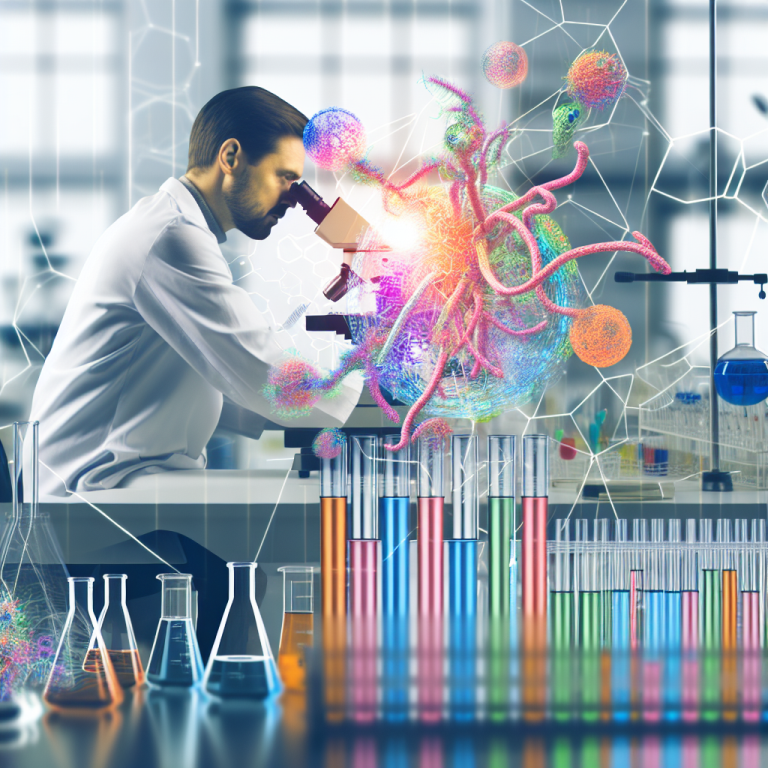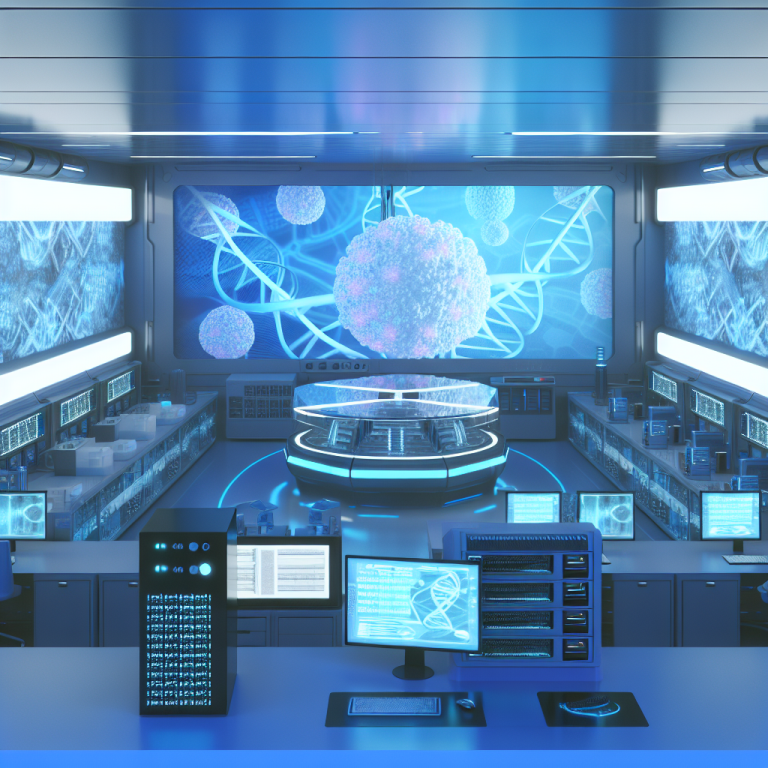The field of synthetic biology is known for its goal-oriented approach, which seeks to repurpose and optimize existing biological functions, as well as create new-to-nature capabilities from scratch. Despite the many advances that have been made in this field, there are emerging challenges related to the complexity of the systems built and the limitations of designs that function well in the lab but fail in real-world contexts. To address this issue, a new approach to biological design is proposed, one that values novelty in biology as long as it fulfills the intended goal.
Rather than solely focusing on finding the single best design through optimization, embracing novelty in the design process may allow for breakthrough solutions beyond the expected outcomes. The artificial life research community has shown that by embracing novelty, innovative and unexpected solutions can be generated for complex problems that go beyond local optima. Synthetic biology provides a unique platform for exploring creative approaches to biological design, offering endless possibilities for innovation.
Imagine a fictitious biotech company named Bilob, whose mission is to revolutionize the world through cutting-edge applications of synthetic biology. Each year, during the annual keynote address, the CEO of Bilob unveils a series of groundbreaking biotechnological advancements that have captivated audiences: from a virus-based battery to a highly efficient plastic-degrading enzyme and a microbe capable of producing extraordinary new fragrances. When asked about the secret behind Bilob’s innovative designs, the CEO simply responds that the team follows their curiosity.
The natural world serves as a prime example of open-ended innovation, with biological evolution continuously generating new forms and functions to adapt to changing environments and increase reproductive success. Similarly, many sociotechnical systems are characterized by open-endedness, with technological advancements constantly leading to unforeseen changes and cultural developments encompassing a never-ending spectrum of artistic expressions and narratives.
To implement a genuinely open-ended innovation pipeline in synthetic biology, it is essential to foster a culture that encourages curiosity and creativity in the design process. Embracing novelty and allowing for serendipity in the pursuit of innovative solutions can lead to breakthroughs that go beyond conventional optimization approaches. By drawing inspiration from the endless forms of beauty in nature and the ever-evolving sociotechnical systems around us, synthetic biologists can cultivate a mindset that values novelty and experimentation in the quest for groundbreaking biological designs.




